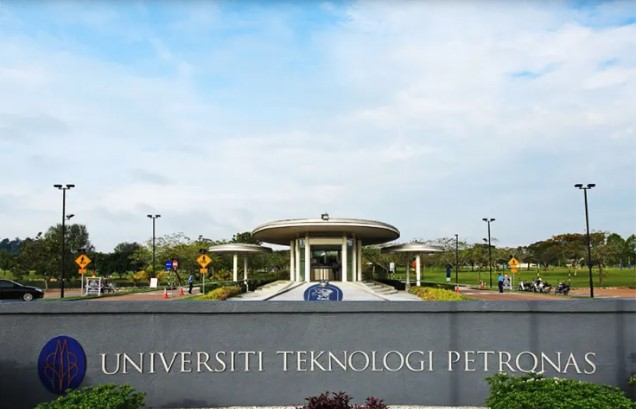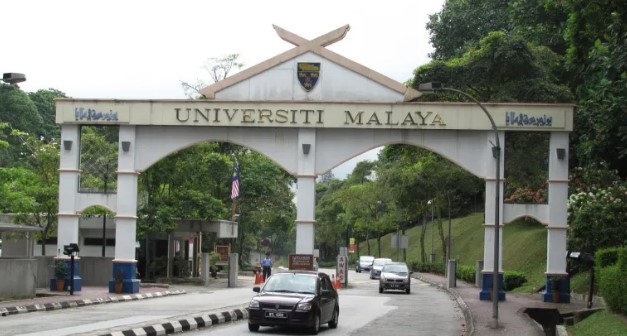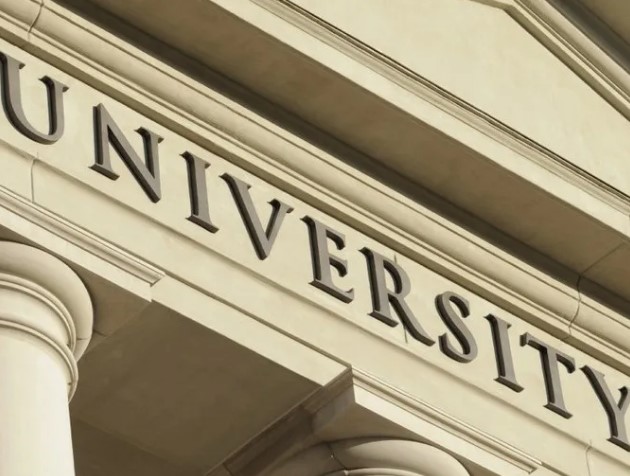The Ranking Game – A Source Of Information Or Utter Confusion?
Emeritus Professor Tan Sri Dato' Dzulkifli Abdul Razak
Opinion - Bacalah Malaysia
May 8, 2024

Malaysian universities have been ‘ranked’ yet again.
This time by another commercial vendor, less favoured from the previous one. Regardless, it goes without saying that they “excelled” in the company’s Asia University Rankings 2024 with “all top six institutions improving compared to last year.”

Reportedly, for the second year running, Universiti Teknologi Petronas (UTP) is the top-performing Malaysian varsity, having climbed 11 spots and is now joint 52nd.
University of Malaya (UM) has to content as “the country’s second-highest ranked university,” though moving up one place from 66th last year to 65th. A couple others allegedly made a very significant jump up the ranking, securing the top 100 in Asia.

Others at the 100-borderline, ensuring a good place in the coming year, should they continue to play the “game” (wink, wink) as determined by the ranker. All involved are in the official “research” university category and from the public sector, except for UTP.
Overall, the number of Malaysian universities in the Asian top 100 has been increasing steadily from one in 2021 to four this year with 10 universities in the top 200 and 17 in the top 500!
It further claimed that Malaysian universities, in general, “perform near or above the regional average across most metrics with particularly good scores in research excellence and research influence – two of the newly introduced research quality metrics.” Malaysia also performs strongly across all international outlook metrics, it was noted!
Apparently, according to the study, adequate funding which is essential for research, infrastructure, and maintaining high-quality education is a barrier that Malaysian universities often struggle with, impacting their ability to invest in cutting-edge facilities, faculty development, and student support.
This is a well-known issue that does not seem to have sustainable solutions shamefully.
Consequently, next affected is the retention and attraction of talented faculty members crucial for academic excellence.
As Malaysian universities compete globally for faculty and retaining experienced professors, attracting new talent has be challenging.
Thus, research output and productivity on which the ranking exercise is mainly based on become vulnerable. This being the case, it is no doubt that UTP surpassed UM despite the latter being more matured since its establishment more than a century ago!
Despite such analysis, comparing it with the results released a week earlier by another vendor affiliated to the former (before they split apart), the overall placing are “very significantly different!”
For example, UTP took only 8th place, with two other private universities leading at 6th and 7th positions in the Asia ranking! As expected, the rest are public research universities in the top 5 positions, and the remaining last two of the top 10 are comprehensive public universities.
Indeed, UM continued to be the top Malaysian university, positioned at number 65 globally, the only one thus far. The next closest is Universiti Sains Malaysia, at number 137, followed by three others placed between 150-200 bracket globally.
Among the Asia universities however, according to the vendor, Malaysia “has an exceptional concentration of top-quality universities, with 22 percent of its institutions ranking among Asia’s top 100.”
While the ranking exercise is often justified as a vital source of “easy reference for students and parents” to decide which universities they prefer, based on the two examples provided above, the justification is weak, if at all valid.
Each is markedly different, so much so last year, one of the two vendors were heavily criticised by a group of South Korean universities, in disagreement with a newly-introduced metric that dragged down the positions of all Korean universities but one.
And points to a new methodology introduced, impactng some 52 universities. In an unprecedented move, all of the country’s top research universities come together to boycott the global rankings, “branding the new methodology as (mathematically) flawed.”
“The competitiveness of Korean universities is steadily increasing in many respects. Thus, there is no reason that Korean university rankings [should] drop this drastically,” the newly assembled group of universities, the University Rankings Forum of Korea remarked, as cited by University World News, then (July 4, 2023).

This is not considering several other critical analyses by professionals in the field, the latest of which is the United Nations University Statement on Global Ranking that listed at least nine problems related to the ranking issue.
Some even discouraged ranking to be part of the government policy to be sure, yet the Malaysian counterparts have been notified that the Ministry of Higher Education aspires to have at least five (addition of three more from previous decisions) local universities to be in the top 200 globally!
Should this be true, it boggles the mind as to what the policy framework looks like, given the enormous budget needed for the ranking with respect to the state financial viability and staff retention at the very least? And what justifications, academically speaking, if any?
Or is this a similar version of the so-called 25 “new Ivies” recently created to compete with traditional eight Ivy League universities which are currently embroiled with Gaza Encampment Solidarity across the US? If so, there will be even more confusion in the standards expected of an authentic academe.
Namely, while temporary camp sites in the US campuses were brutally destroyed, real illegal settlements in occupied Palestine are supported through various forms of investments that are now being call to question shared by many universities globally.
It marks a deep-seated hypocrisy associated with current ranking game. – BACALAHMALAYSIA.MY
- The writer is Rector, International Islamic University Malaysia (IIUM)
